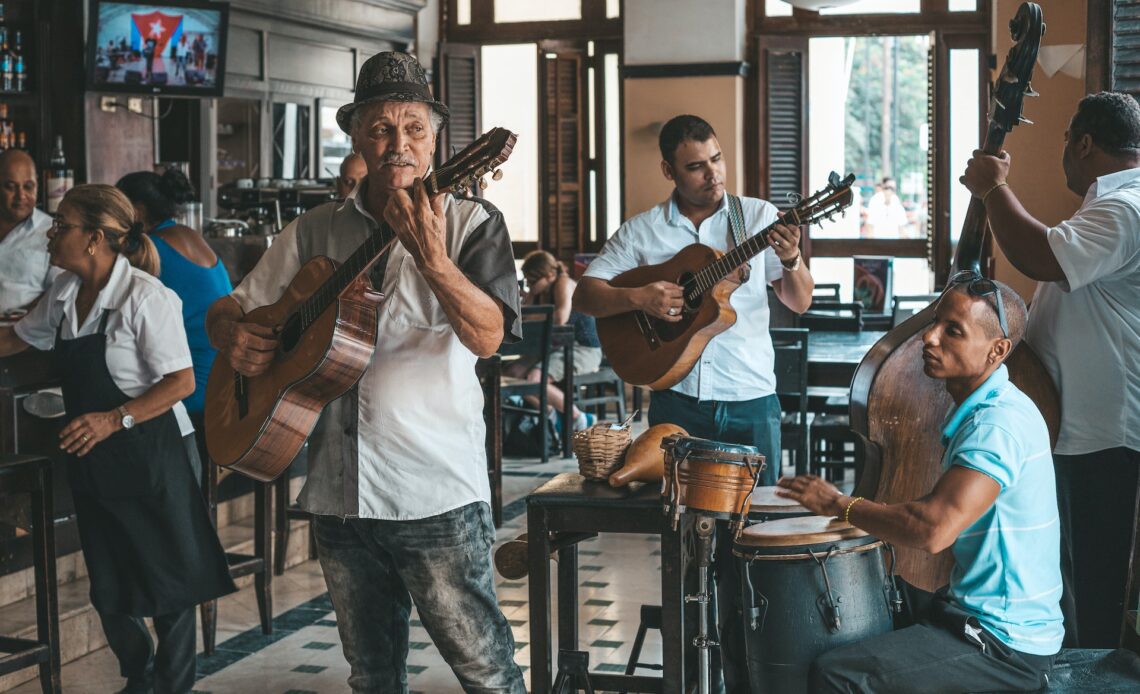Navigating Havana’s confusing dual economy can be a tricky proposition, even to Cubans. However, it’s still possible to enjoy a reasonably priced trip to the Caribbean’s largest city if you’re willing to be flexible and acquire a basic understanding of the local mecánica (Cuban way of doing things).
Here are some hints on how to manage your money in the Cuban capital.
Shop around for flights and be flexible with dates
Flying is the only practical way of getting to Havana from outside Cuba. Book well in advance through a reputable agency if you want to snag a reasonable deal. Some flights come with a hotel package thrown in. Off-season (April to June and September and October) generally has the cheapest rates.
Visit in spring or fall
Peak season in Havana runs from November to March, and you can expect hotel rates to be at least 10% higher, nudging up to 25% higher around Christmas and New Year. Your best bet for a bargain is between Easter and late June or September and October. Caveats come with traveling at these times, most notably the weather, though Havana’s rain is rarely constant, and big storms only hit every four or five years.
Stay in a casa particular
Bedding down in one of Havana’s private homestays, known as casas particulares, nearly always works out cheaper than a hotel – plus, you’ll invariably be offered warm, informal service and candid insight into Cuban life. In Havana, a decent double room can cost as little as US$35 a night, compared to the US$400 you might pay in one of the city’s best five-star hotels. Thousands of casas particulares are spread around the metro area, and most owners accept payment in euros, Canadian dollars or British pounds, meaning you won’t lose out on changing money.
State-run restaurants are usually cheaper than private restaurants
While state-run restaurants might be cheap, they nearly always serve lower-quality food with limited menus and apathetic service. Budget travelers should consider eating in their casa particular, where it’s possible to save money without sacrificing food quality. Substantial casa breakfasts with eggs, toast, coffee and fruit typically cost the equivalent of US$5, and hearty home-cooked dinners start at around US$10.
Click Here to Read the Full Original Article at Stories – Lonely Planet…
